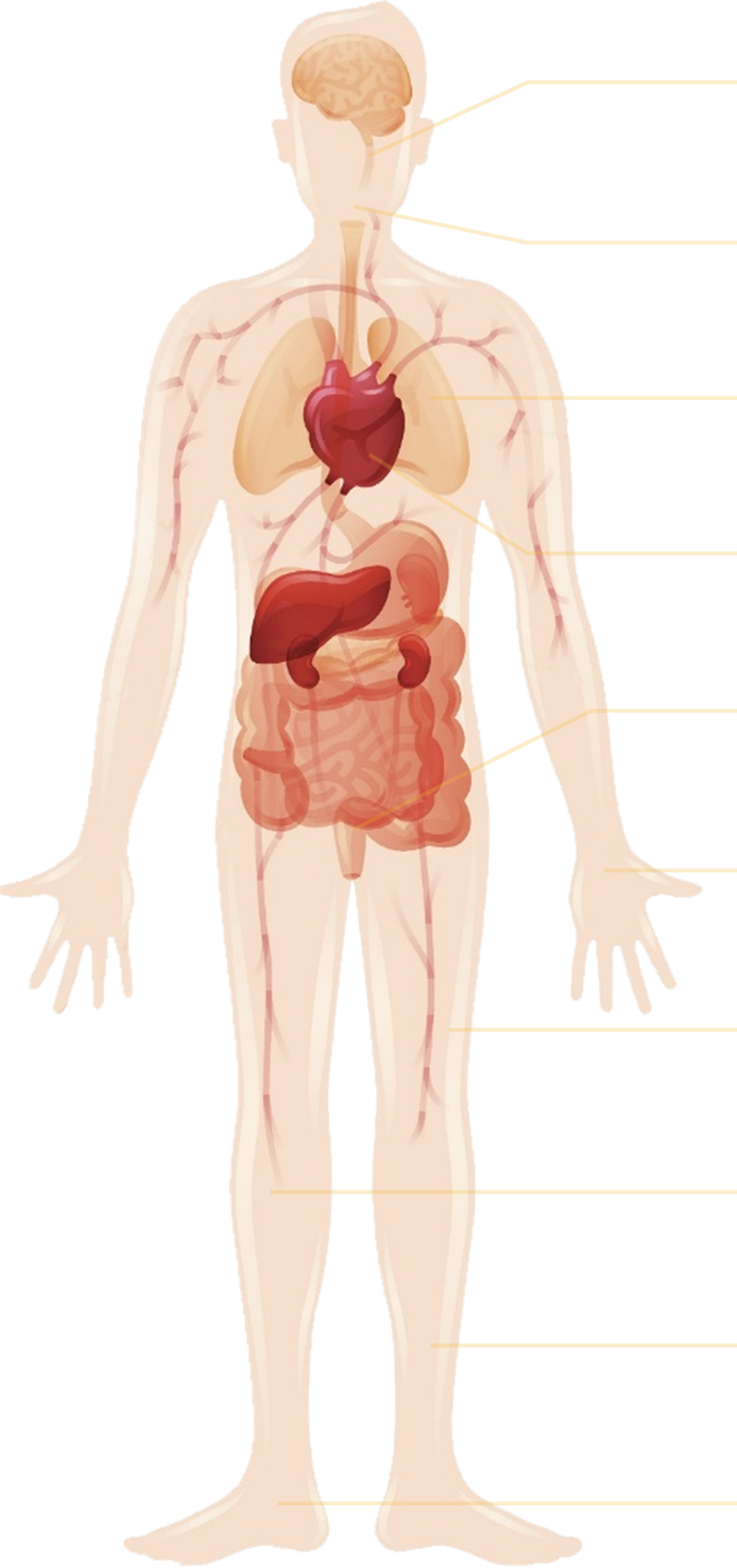

Techdow has a fully integrated global operation covering the entire heparin industrial chain, from the supply of raw materials and the manufacturing of APIs, to the scaled manufacturing of enoxaparin preparations. Techdow is among the few Chinese biopharmaceutical companies with a globally integrated close-loop operation in all parts of the heparin industrial chain. Techdow's integrated supply chain management system, designed to deliver traceability, quality, and reliable supply of raw materials, can ensure high product yield and quality.

Slide left and right to view the picture

1 drug adopted for treatment in
4 therapeutic areas
Prophylaxis of VTE in total hip arthroplasty (THA)
Prophylaxis of VTE in total knee arthroplasty (TKA)
Prophylaxis of VTE in orthopedic trauma
Prophylaxis of VTE in pelvic surgery
Prophylaxis of VTE in general surgery
Prophylaxis of VTE in medical treatment
Anticoagulant treatment of DVT with or without pulmonary embolism
Anticoagulant in the treatment of unstable angina / non-Q wave myocardial infarction
Anticoagulant in PCI treatment
Anticoagulant in the medical treatment of STEMI
Anticoagulant in PCI treatment
Prevention of thrombosis in the extra-corporeal circulation of hemodialysis

Acute myocardial infarction with high risk of VTE
Transient ischemic attack
Acute/severe chronic obstructive pulmonary disease patients who are bedridden or with infections, polycythemia, hard-to-treat heart failure, or in need of non-invasive or Invasive mechanical ventilation due to respiratory failure
High VTE risk patients in ICU
ACC9 Guideline
Recommended by the China Guideline issued in 2015
6-14 days of prophylaxis (LMWH/LDUH/mechanical prophylaxis) in hospitalized high VTE risk patients with a Padua score≥4
Patients with COVID-19 infection and concomitant VTE
WHO recommendations for the prevention of VTE associated with COVID-19 infections
Patients with acute myocardial infarction and high risk of VTE
Transient ischemic attack patients
Acute/severe chronic obstructive pulmonary disease patients who are bedridden or with infections, polycythemia, hard-to-treat heart failure, or in need of non-invasive or Invasive mechanical ventilation due to respiratory failure
High VTE risk patients in ICU
The 2015 guideline issued in China recommends 6-14 days of prophylaxis (LMWH/LDUH/mechanical VTE prophylaxis) in hospitalized high VTE-risk patients with a Padua score≥4
Non-ST elevation-acute coronary syndrome (NSTE-ACS)
Unstable angina (UA)
ST-segment elevation myocardial infarction (STEMI)
2014 AHA and ACS Guidelines
2018 ECS Guideline
2020 Guideline for the primary care of patients with STEMI
Chinese expert’s consensus on the use of enoxaparin for anticoagulation in patients with ACS
The TIMI 11B study
Pregnant patients with acute VTE or prior VTE
C-section patients, especially those with obesity, gestational diabetes, gestational hypertension, gemellary pregnancy, or prior c-section
Potential application in the treatment of patients with recurrent spontaneous abortion (RSA)
ACOG Guidelines: LMWH is the preferred anticoagulant for the prevention of thrombosis during pregnancy
Enoxaparin does not cross the placenta, is therefore safer to the pregnant woman and the fetus
Meta-analysis showed that LMWH can improve the rate of live birth and reduce abortion
Chinese Experts’ Consensus on the Use of LMWH in the Prevention of Spontaneous Abortions has commended LMWH in the prevention and treatment of RSA patients with PTS, APS, or AID etc**.
Transient ischemic attack (TIA)
2015 consensus on the comprehensive prevention of thrombosis: patients with TIA should be considered for LMWH treatment as early as possible. The consensus also recommends to combine LMWH with mechanical VTE prophylaxis
Burn patients and patients receiving surgical treatment
Based on Caprini risk modeling, Guideline recommends LMWH as anticoagulant in surgical patients with mid/high VTE risk (Caprini score >3)
Prevention and treatment of VTE in cancer patients
ASCO, ESMO, NCCN, and BJH Guidelines
Total hip arthroplasty (THA)
Total knee arthroplasty (TKA)
Hip fracture surgery (HFS)
Femoral neck, Intertrochanteric, or subtrochanteric fixations
Patients undergoing major orthopedic surgeries require routine prophylaxis of VTE that should be determined by the VTE risk score
Medicinal prophylaxis is required in patients with Caprini score ≥2
Enoxaparin can significantly reduce the incidence of DVT and PTE without increasing the risk of excessive bleeding in patients who received major orthopedic surgeries
Mid/High-risk surgical patients and high-risk surgical patients with abdominal / pelvic tumor (Caprini score≥3)
The 2016 ACCP guideline for the prevention of VTE in non-orthopedic surgical patients recommends LMWH for anticoagulation in surgical patients with mid/high VTE risks (Caprini score>3)